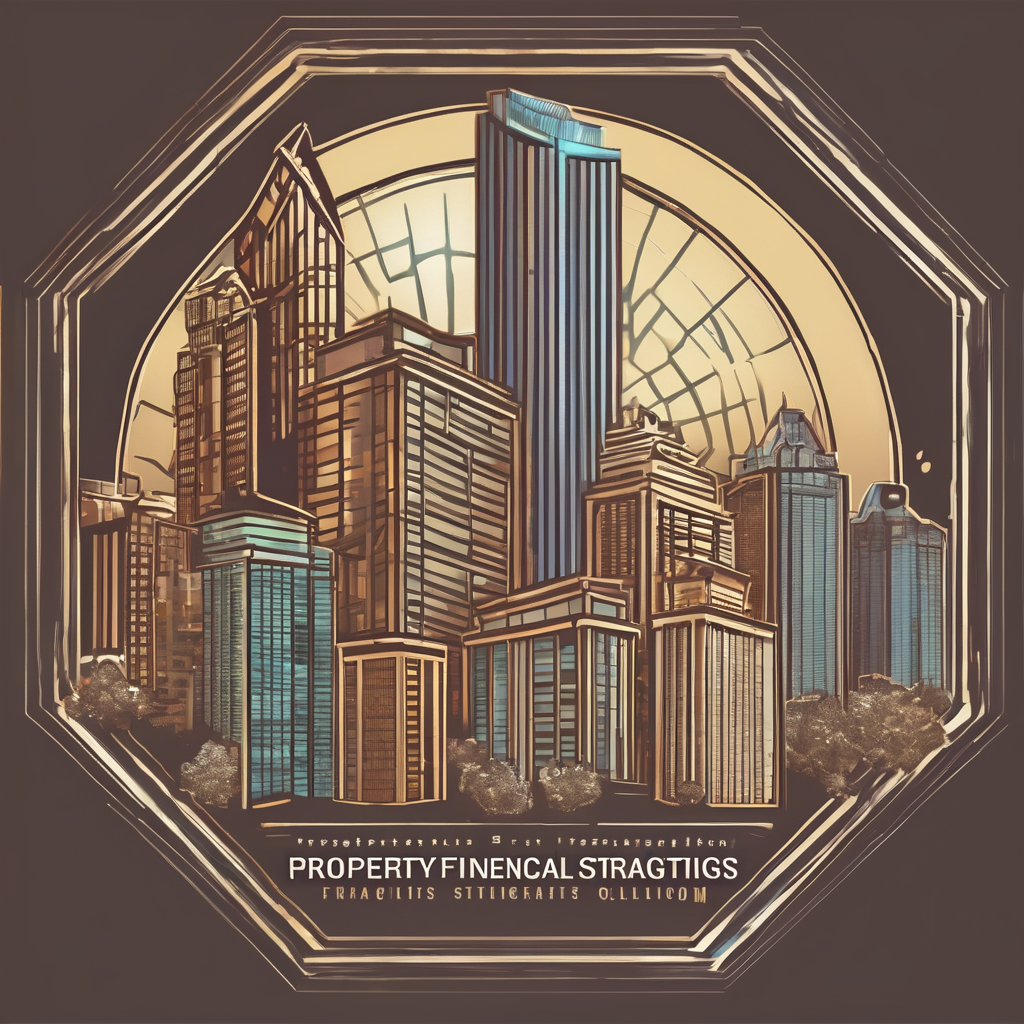Choosing the right property management software (PMS) for multi-site portfolios in the UK is a critical decision that can significantly impact your business operations. This process becomes a bit more complex due to the plethora of options available in the market. The good news is, we’ve got you covered. This guide will walk you through the necessary steps and considerations to ensure you select a system that aligns with your business requirements and objectives.
1. Understanding Your Business Needs
Before diving into the market to search for a property management software, you must first comprehend the unique needs of your business. Every property management company operates differently, and the ideal software for one company might not work well for another.
Cela peut vous intéresser : How to Manage the Risks of Property Development Near Protected Wildlife Areas in Norfolk?
For instance, if you manage a vast portfolio of multifamily properties, you might need a system with robust reporting capabilities. On the other hand, if your business majorly deals with commercial properties, you may need a software that supports an extensive list of property maintenance functionalities.
Therefore, it is crucial to define your needs and objectives clearly. A thorough analysis of your business operations, portfolio, size, and structure should form the basis of this definition. This will not only refine your search but also increase the likelihood of selecting a software that will boost your efficiency and productivity.
A découvrir également : What Are the Marketing Strategies for Selling High-End Properties in Rural Areas of the UK?
2. Evaluating Software Features
Once you’ve identified your business needs, the next step involves evaluating the features of different software to align them with your requirements. The features of property management software can significantly vary from one system to another. Some software may have a comprehensive suite of features, while others may focus more on specific functionalities.
For instance, popular features that you may need to consider include tenant and lease tracking, budgeting and forecasting, property maintenance, accounting and reporting, and online payments. It’s also essential to look out for integrations with other software such as accounting platforms or CRMs.
Remember, the goal here is not to find a software with the highest number of features, but rather one that provides the right mix of functionalities that your business requires.
3. Considering User-friendliness
The effectiveness of any software largely depends on how user-friendly it is. The more intuitive and easy-to-use a system is, the higher the chances of your team adopting it. A complex system may lead to resistance from your team, underutilization, and ultimately, a waste of resources.
Hence, consider software with a clean, intuitive interface that does not require extensive training to understand. Also, check whether the vendor provides adequate training and support during the implementation phase. Some software providers offer video tutorials, online resources, and in-person training to facilitate a smooth transition.
In addition, consider how the software will fit into the daily workflows of your team. The aim is to find a solution that will make your team’s work easier, not more complicated.
4. Software Pricing and Value for Money
Software pricing is another critical factor to consider when choosing property management software. The cost can greatly vary depending on the features, number of properties managed, and the service level offered by the vendor.
Ensure to understand the pricing structure of the software. Some providers charge a flat monthly fee, while others may have a tiered pricing model based on the number of units managed. Also, be aware of any additional costs such as implementation fees, support costs, or costs for additional features.
Remember that while pricing is important, the true value of the software lies in how much it can improve your efficiency and streamline your operations. Therefore, consider the value for money rather than just the upfront cost.
5. Vendor Reputation and Customer Support
The reputation of the software provider and the level of customer support they offer is another crucial factor to consider. This is because, at some point, you might encounter issues with the software, and having a reliable vendor that can promptly respond to your concerns is essential.
Look for online reviews and ratings of the software and the vendor. Speak to other property managers who use the software. Also, consider the level of customer support the vendor offers. Do they offer 24/7 support? What channels do they use to offer support e.g., email, phone, live chat?
Choosing a property management software is a crucial decision that can have a significant impact on your business operations. By understanding your needs, evaluating software features, considering user-friendliness, analyzing pricing and value for money, and scrutinizing the reputation and support of the vendor, you stand a higher chance of selecting a system that will meet your company’s unique needs.
6. Scalability of the Software
Scalability refers to a software’s ability to adapt and grow alongside your business. As your portfolio expands or diversifies, you need a PMS that can easily accommodate these changes without requiring an overhaul or migration to a different system. In other words, the software should be flexible enough to grow with your business.
When evaluating software, consider how easy it is to add new properties or units to the system. Can it support different types of properties like commercial, retail, or residential? Can you easily add new users or administrators as your team grows? Also, consider whether it supports integrations with other systems that you might need in the future.
In addition, check whether the software provider regularly updates and improves the system. A vendor that actively develops and enhances their product is more likely to be able to accommodate your evolving needs and keep up with industry trends.
Lastly, consider the software’s data handling capabilities. As your portfolio grows, so does the amount of data you’ll need to manage. Therefore, your PMS should be able to efficiently handle, store, and retrieve large amounts of data without sacrificing performance.
7. Compliance with UK Property Laws and Regulations
In the UK, property management is governed by a myriad of laws and regulations. Failure to comply can result in hefty fines and legal complications. Therefore, your property management software should not only help you manage your properties but also enable you to stay compliant.
Check whether the software has features that help you comply with regulations like the Housing Act, GDPR, Anti-Money Laundering regulations, and others. For instance, the software should support secure data storage and transfer to protect tenants’ personal information in compliance with GDPR.
Also, consider whether the software can generate reports that help you adhere to tax laws and financial regulations. For instance, can it generate accurate P&L statements, balance sheets, or tax reports?
Lastly, remember that laws and regulations often change. So, choose a software provider who stays updated with these changes and regularly updates the software to ensure compliance.
Conclusion
Choosing the right property management software for multi-site portfolios in the UK is a significant decision that can make or break your business operations. The process requires a thorough understanding of your business needs, a careful evaluation of software features, a keen eye on user-friendliness, a thoughtful analysis of pricing and value for money, and a rigorous scrutiny of the vendor’s reputation and support.
Moreover, the software’s scalability is a critical aspect to consider to ensure it can grow with your business. And above all, the software should help you stay compliant with UK property laws and regulations.
By keeping these considerations in mind, you can select a property management software that not only aligns with your current requirements but is also capable of supporting your business’s future growth and changes.






